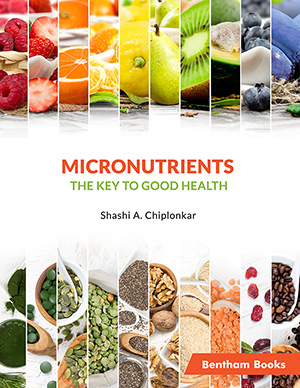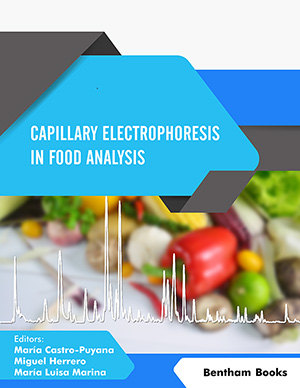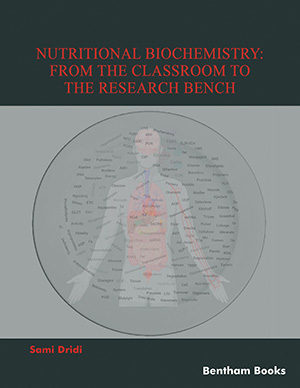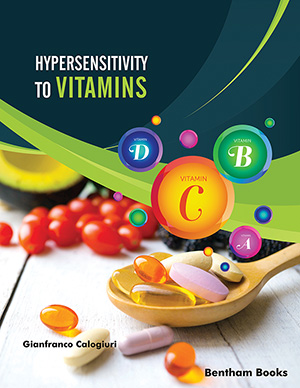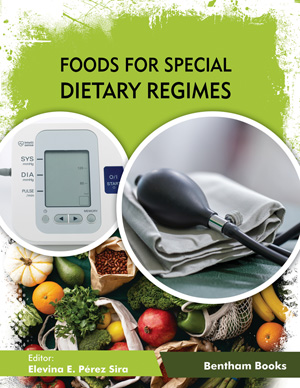
Abstract
Prickly pear is the fruit of the nopal cactus; native from Mexico, where approximately 80 species and 150 cultivars are harvested. Production of prickly pear has been expanded to more than 30 countries. In Latin America, almost 511,035 Ton per year of prickly pear are harvested, which represents more than 50% of the worldwide production of this fruit. There are studies that have demonstrated its importance as a source of nutritional and functional compounds that provide antioxidant, antiatherogenic, antiulcerogenic, immunomodulatory and anticarcinogenic properties. Prickly pear is commonly consumed fresh, since the pulp is the edible portion; while peel and seeds are discarded as waste, these residuals contain minerals, dietary fiber, phenolics, and flavonoids in higher levels than the pulp, which could be used as a source of functional ingredients. There are findings related to the phytochemical composition of the prickly pear with functional effects, and further clinical studies are still needed in order to determine the mechanisms of action of these compounds, which could provide a greater added value to this fruit in the health area.
Keywords: Antioxidant activity, betalains, flavonoids, functional food, phenolic, phytochemicals compounds, prickly pear.
Current Nutrition & Food Science
Title:Phytochemical Characterization of Prickly Pear (Opuntia spp.) and of its Nutritional and Functional Properties: A Review
Volume: 10 Issue: 1
Author(s): Dulce M. Jimenez-Aguilar, Hugo Mujica-Paz and Jorge Welti-Chanes
Affiliation:
Keywords: Antioxidant activity, betalains, flavonoids, functional food, phenolic, phytochemicals compounds, prickly pear.
Abstract: Prickly pear is the fruit of the nopal cactus; native from Mexico, where approximately 80 species and 150 cultivars are harvested. Production of prickly pear has been expanded to more than 30 countries. In Latin America, almost 511,035 Ton per year of prickly pear are harvested, which represents more than 50% of the worldwide production of this fruit. There are studies that have demonstrated its importance as a source of nutritional and functional compounds that provide antioxidant, antiatherogenic, antiulcerogenic, immunomodulatory and anticarcinogenic properties. Prickly pear is commonly consumed fresh, since the pulp is the edible portion; while peel and seeds are discarded as waste, these residuals contain minerals, dietary fiber, phenolics, and flavonoids in higher levels than the pulp, which could be used as a source of functional ingredients. There are findings related to the phytochemical composition of the prickly pear with functional effects, and further clinical studies are still needed in order to determine the mechanisms of action of these compounds, which could provide a greater added value to this fruit in the health area.
Export Options
About this article
Cite this article as:
Jimenez-Aguilar M. Dulce, Mujica-Paz Hugo and Welti-Chanes Jorge, Phytochemical Characterization of Prickly Pear (Opuntia spp.) and of its Nutritional and Functional Properties: A Review, Current Nutrition & Food Science 2014; 10 (1) . https://dx.doi.org/10.2174/157340131001140328120952
| DOI https://dx.doi.org/10.2174/157340131001140328120952 |
Print ISSN 1573-4013 |
| Publisher Name Bentham Science Publisher |
Online ISSN 2212-3881 |
Call for Papers in Thematic Issues
Bioactive compounds, functional foods, metabolism, and health
Nutrition, metabolism, and their intervention strategies have become focal points of interest in the study of metabolic syndrome and health. Bioactive compounds, phytochemicals, and functional foods play crucial roles in modulating metabolic processes and improving human health. Moreover, the composition of the gut microbiome is also believed to be closely ...read more
The Core Linkage Between Probiotics Encapsulation by the Natural Phytochemicals as Health and nutritional-related Functional Products: Recent Applications
The exploration of probiotics encapsulation through natural phytochemicals has emerged as a pivotal area of research, particularly in the context of health and nutrition. Probiotics, defined as live microorganisms that confer health benefits to the host, have gained considerable attention for their role in enhancing gut health, boosting the immune ...read more
Related Journals
 60
60
- Author Guidelines
- Graphical Abstracts
- Fabricating and Stating False Information
- Research Misconduct
- Post Publication Discussions and Corrections
- Publishing Ethics and Rectitude
- Increase Visibility of Your Article
- Archiving Policies
- Peer Review Workflow
- Order Your Article Before Print
- Promote Your Article
- Manuscript Transfer Facility
- Editorial Policies
- Allegations from Whistleblowers
- Announcements
Related Articles
-
The Role of Cytochrome P450 in Cytotoxic Bioactivation: Future Therapeutic Directions
Current Cancer Drug Targets miR-126 as a Therapeutic Agent for Diabetes Mellitus
Current Pharmaceutical Design Quantum Chemical Studies on Ultimate Carcinogenic Metabolites from Polycyclic Aromatic Hydrocarbons
Current Medicinal Chemistry DFT and Molecular Docking Analysis of Newly Synthesized Compound (2E)-3-[3-(Benzyloxy) Phenyl]-1-(4’-Chlorophe-Nyl)- 2-Propen-1-One [Bpclpo]
Current Physical Chemistry The Potential Role of Soybean Bioactive Peptides in the Prevention and Cure of Carcinoma and Cardiovascular Disorder
Current Bioactive Compounds Impact of Oncogenic Protein Tyrosine Phosphatases in Cancer
Anti-Cancer Agents in Medicinal Chemistry Design and Characterization of Mucoadhesive Gelatin-Ethylcellulose Microparticles for the Delivery of Curcumin to the Bladder
Current Drug Delivery Co-delivery of Plasmid DNA and Antisense Oligodeoxyribonucleotide into Human Carcinoma Cells by Cationic Liposomes
Current Pharmaceutical Biotechnology Epigenetic Alterations of the Wnt/β -Catenin Pathway in Human Disease
Endocrine, Metabolic & Immune Disorders - Drug Targets Recent Nanocarrier Approaches for Targeted Drug Delivery in Cancer Therapy
Current Molecular Pharmacology The Emerging Pharmacology of TRPM8 Channels: Hidden Therapeutic Potential Underneath a Cold Surface
Current Pharmaceutical Biotechnology Microarrays and Colon Cancer in the Road for Translational Medicine
Current Bioinformatics HuR as Therapeutic Target in Cancer: What the Future Holds
Current Medicinal Chemistry Probiotics as an Adjunct Approach to the Prevention and Treatment of Colon Cancer: A Review
Current Nutrition & Food Science Dithiocarbamate-based coordination compounds as potent proteasome inhibitors in human cancer cells
Mini-Reviews in Medicinal Chemistry Imaging of Spinal Bone Tumors: Principles and Practice
Current Medical Imaging Exploring a Novel Target Treatment on Breast Cancer: Aloe-emodin Mediated Photodynamic Therapy Induced Cell Apoptosis and Inhibited Cell Metastasis
Anti-Cancer Agents in Medicinal Chemistry How Do Microtubule-Targeted Drugs Work? An Overview
Current Cancer Drug Targets Screening of Drug Efficacy of Rosmarinic Acid Derivatives as Aurora Kinase Inhibitors by Computer-Aided Drug Design Method
Current Computer-Aided Drug Design Berberine Exhibits Antitumor Effects in Human Ovarian Cancer Cells
Anti-Cancer Agents in Medicinal Chemistry














